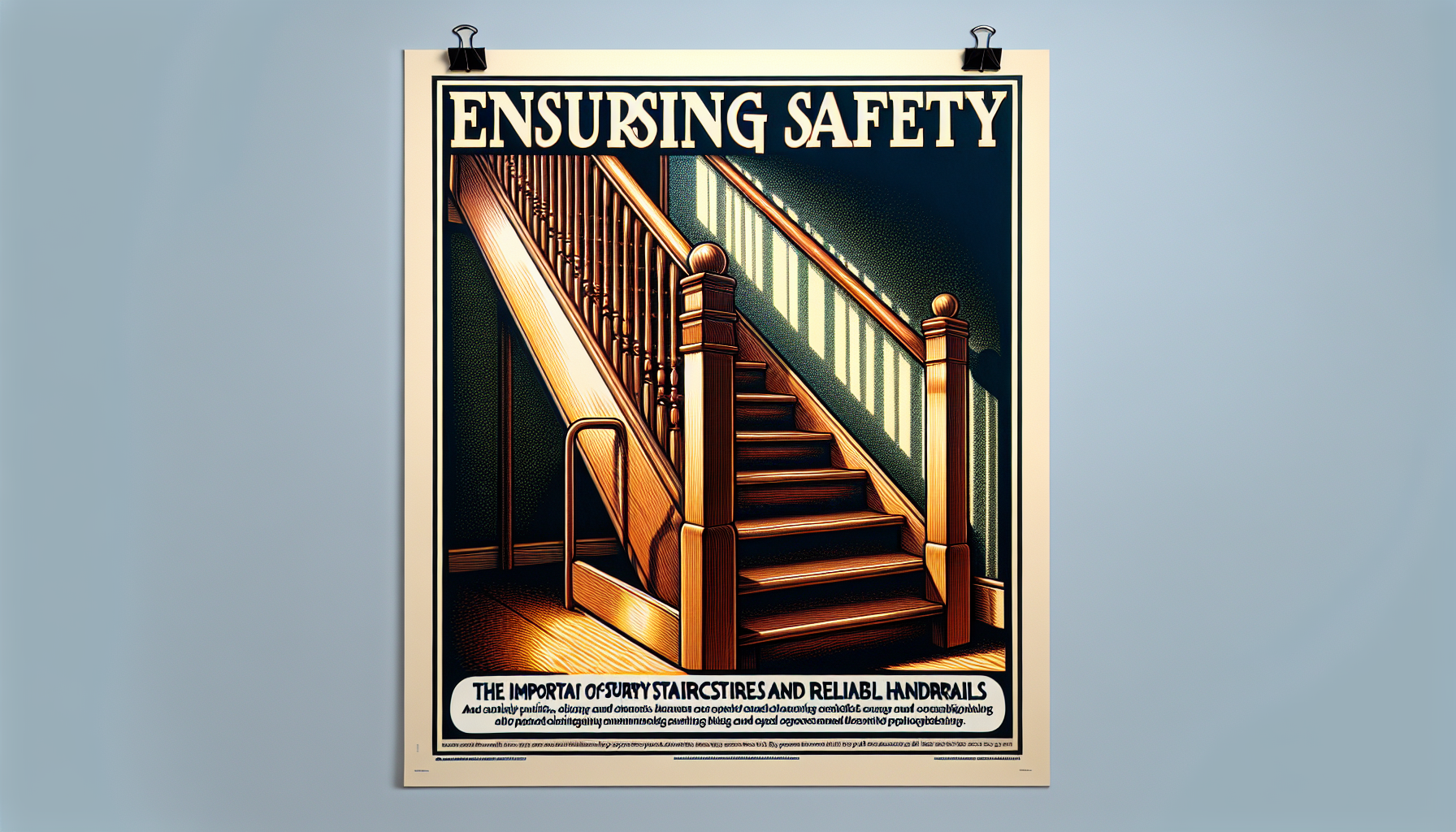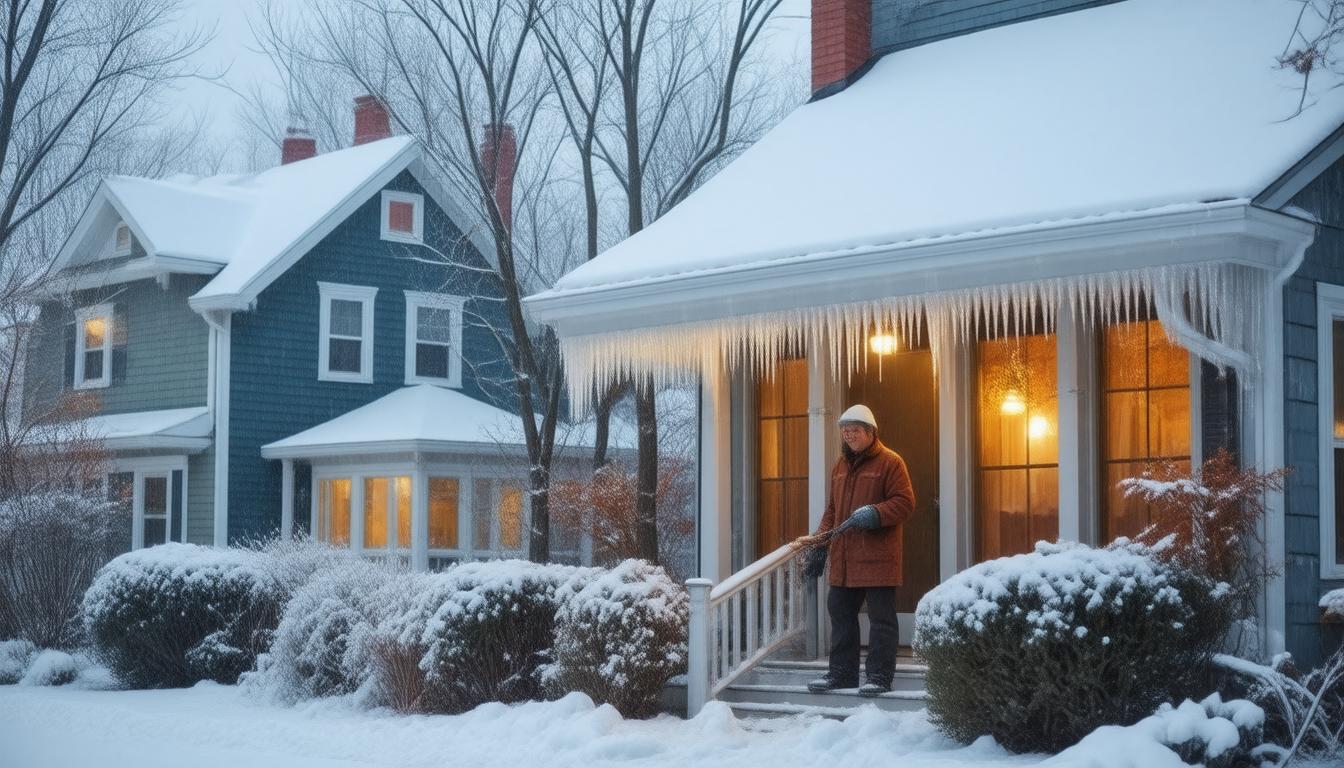
Staircases are an integral part of many buildings, providing access to different levels in both residential and commercial properties. The strength of a staircase is crucial; it ensures stability under constant use and must support the weight of multiple individuals simultaneously. Inadequate construction or degradation over time can lead to dangerous situations where steps may collapse or wobble, creating a high risk of falls and serious injuries. It’s essential to use durable materials and follow stringent building codes during construction. Regular inspections and maintenance also play a key role in ensuring the long-term solidity of a stair structure.
The Significance of Handrails for Balance and SupportHandrails serve a dual purpose: they provide balance for those ascending or descending stairs and offer a means of support in case of a slip. The absence of reliable handrails significantly increases the chance of accidents, especially for the elderly, young children, and individuals with mobility issues. The Occupational Safety and Health Administration (OSHA) sets guidelines for handrail height and strength to maximize user safety. Properly installed and maintained handrails should be able to support a substantial amount of weight, resist loosening over time, and possess an ergonomic design that facilitates a comfortable and secure grip.
The Impact of Design and Ergonomics on Staircase SafetyThe design of staircases and handrails is not only about aesthetics but also about ergonomics and safety. The width of the stairs, the height of each step (riser), the depth of the tread, and the height and circumference of handrails all need to be considered carefully to minimize accident risks. These dimensions must accommodate the range of users expected to utilize the staircase. Furthermore, the placement of handrails is key. They should be present on both sides of the staircase whenever possible, and additional mid-rails may be necessary in wider staircases to prevent falls.
Materials Matter: Choosing the Right Components for DurabilityThe materials used in the construction of staircases and handrails are central to their longevity and safety. Wood, metal, concrete, and stone are common options, each with its own set of benefits and considerations. For instance, while wood adds warmth and a traditional look, it may require more upkeep to prevent rot and wear. On the other hand, metal like steel or wrought iron can offer excellent strength and resist weathering, but might need treatment to prevent rust in certain environments. The key is to match the right materials to the building’s requirements and ensure they are treated and maintained appropriately for sustained safety.
Regulatory Compliance and Building Codes: Navigating the Legal LandscapeAdherence to building codes and regulations is non-negotiable when it comes to staircase and handrail safety. These legal requirements are updated regularly to reflect new understandings of safety and technological advancements. Failure to comply with these standards can result in fines and increased liability for property owners. It is therefore imperative for builders, architects, and property managers to stay informed about the latest building codes and to apply for necessary permits before commencing construction or renovation projects involving staircases.
Regular Maintenance and Inspections: A Proactive Approach to SafetySustaining the safety of staircases and handrails is an ongoing process that goes beyond their initial installation. Regular inspections should be carried out to identify any potential issues such as loose fittings, worn treads, or structural weaknesses. Immediate repairs or replacements of faulty components are essential to avoid accidents. Additionally, routine maintenance, including cleaning, tightening of fixtures, and application of protective coatings, preserves the materials and functionality of stair components, contributing to a safer environment for all users.
In conclusion, ensuring the safety of staircases and handrails is a multifaceted endeavor that encompasses design, material selection, regulatory compliance, and maintenance. Recognizing the importance of strong, reliable stairways and handrails can significantly reduce accidents and injuries, safeguarding the well-being of those who rely on them daily.







